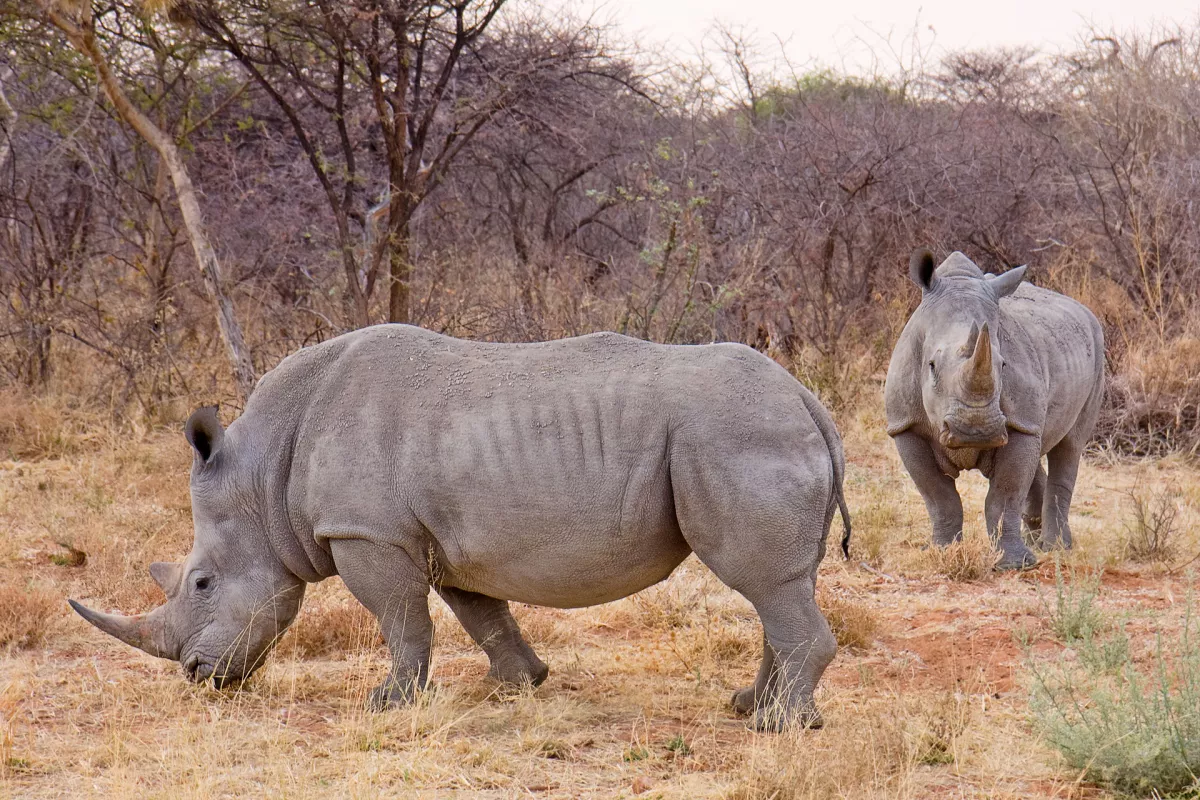We're used to thinking of fakes and forgeries with disdain, but a new innovation from the University of Oxford looks set to buck that trend: fake rhinoceros horn.
Rhino populations have been devastated by poaching due to demand for their horn, thought to be an aphrodisiac in Chinese medicine (though sellers often cut rhino horn with Viagra, presumably because it – you know – actually works).
What better way to disrupt the rhino horn market than to flood it with indistinguishable cheap fakes? That's the thinking behind the new substance that uses tail hair from horses, a close relative of the rhino.
Horse hair is a good candidate because, as many know, rhino horn isn't horn at all but rather tightly-packed hair hardened by excretions from sebaceous glands on the rhino's nose.
Similarly, the scientists have combined tight bundles of horse hair with a regenerated silk-based filler that essentially glues it together. The results, according to a University of Oxford press release, are "confusingly similar to real rhino horn in look, feel and properties." Spectral and thermal analyses confirm a similar chemical composition to genuine rhino horn.
And crucially, the material can be easily molded into a copy of a rhino horn with a structure that will still resemble rhino horn if cut or polished.
"It appears from our investigation that it is rather easy as well as cheap to make a bio-inspired hornlike material that mimics the rhino's extravagantly expensive tuft of nose hair," says co-lead author Fritz Vollrath in the release.
However, the researchers have no plans to distribute the fake horn themselves. "We leave it to others to develop this technology further with the aim to confuse the trade, depress prices and thus support rhino conservation," Vollrath adds.
The wild rhino is in trouble. White rhino numbers have bounced back to more than 20,000 individuals compared with fewer than 100 in the early 20th Century, thanks in no small part to the South African government and associated conservation efforts.
There are only around 5,000 African black rhino in the wild, which, though an improvement on the 2,300 of 1993, constitutes slow progress for the species.
Meanwhile in Asia there are now fewer than 80 Sumatran rhinos and 67 Javan rhinos, though India and Nepal's greater one-horned has made something of a recovery to more than 3,500 individuals, up from a mere 200.
The team's research, Creating artificial Rhino Horns from Horse Hair, was published today in the journal Scientific Reports. It's free to read online.
Source: University of Oxford




